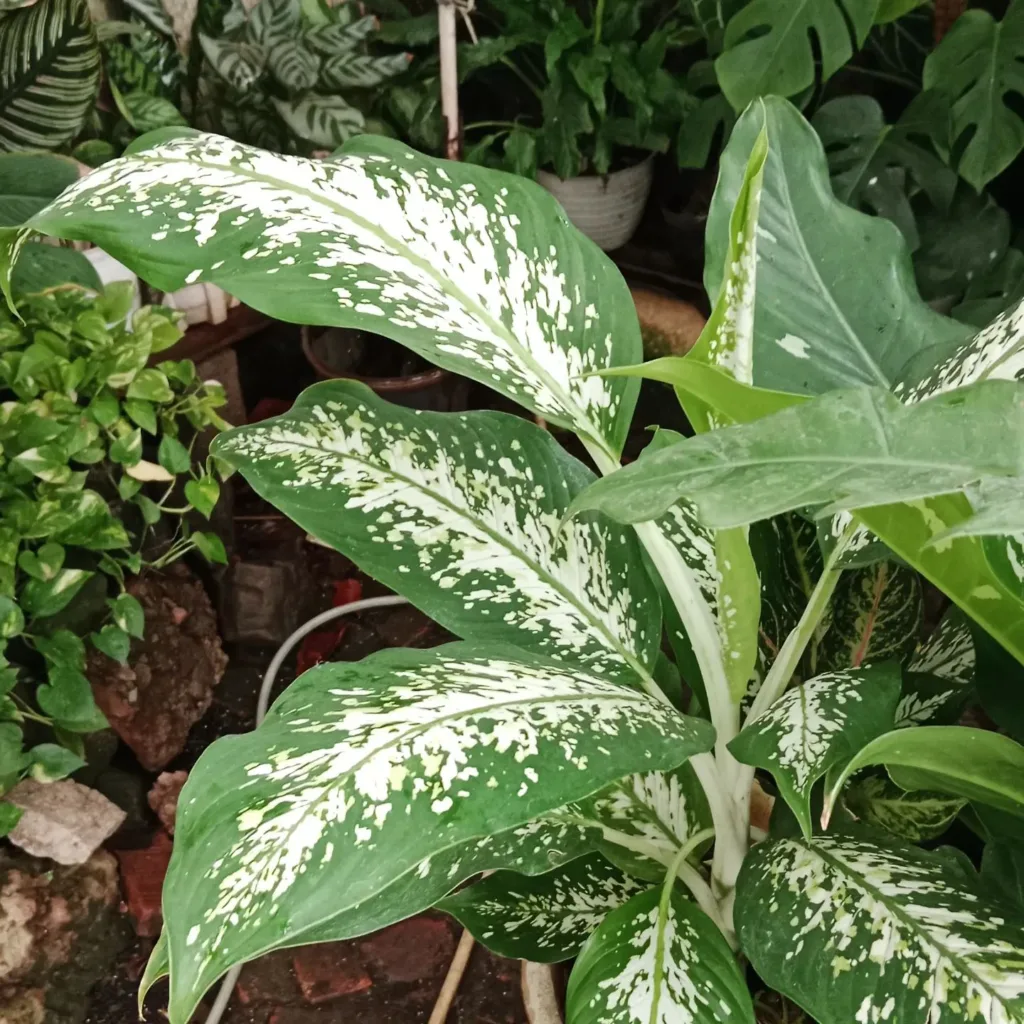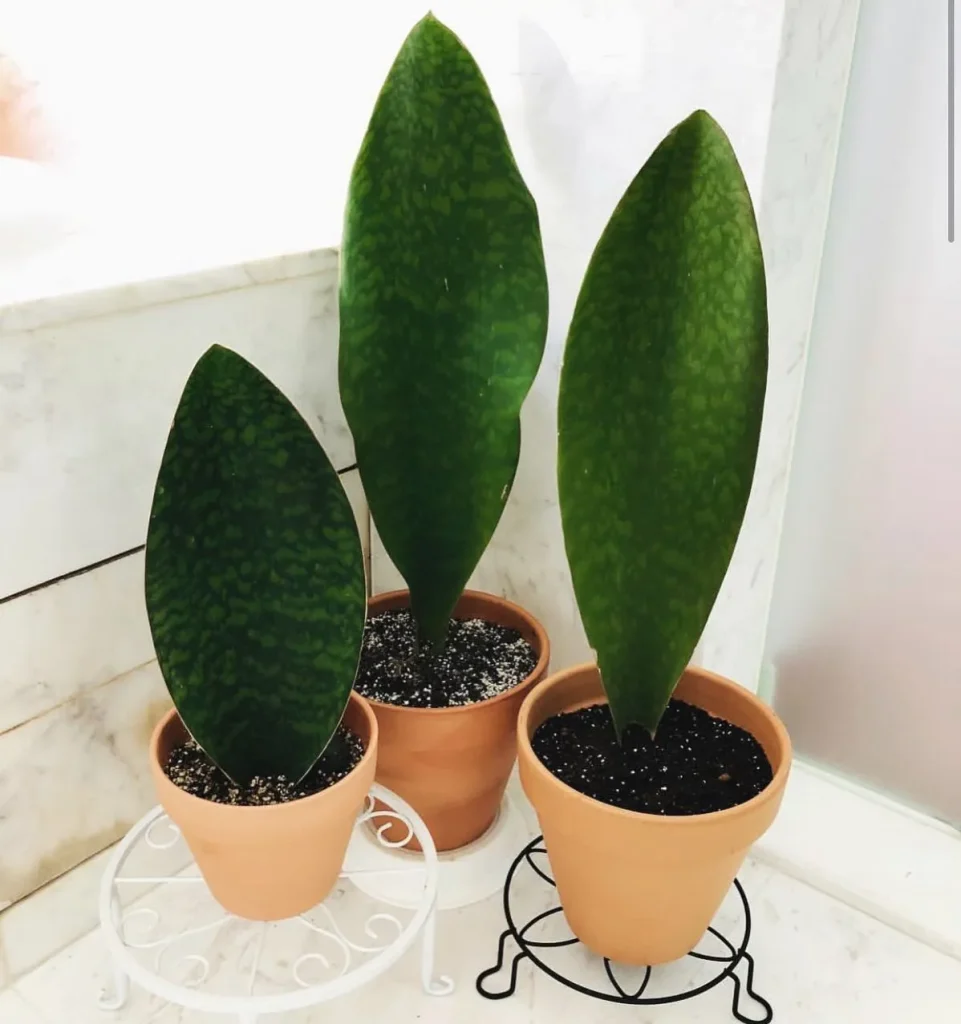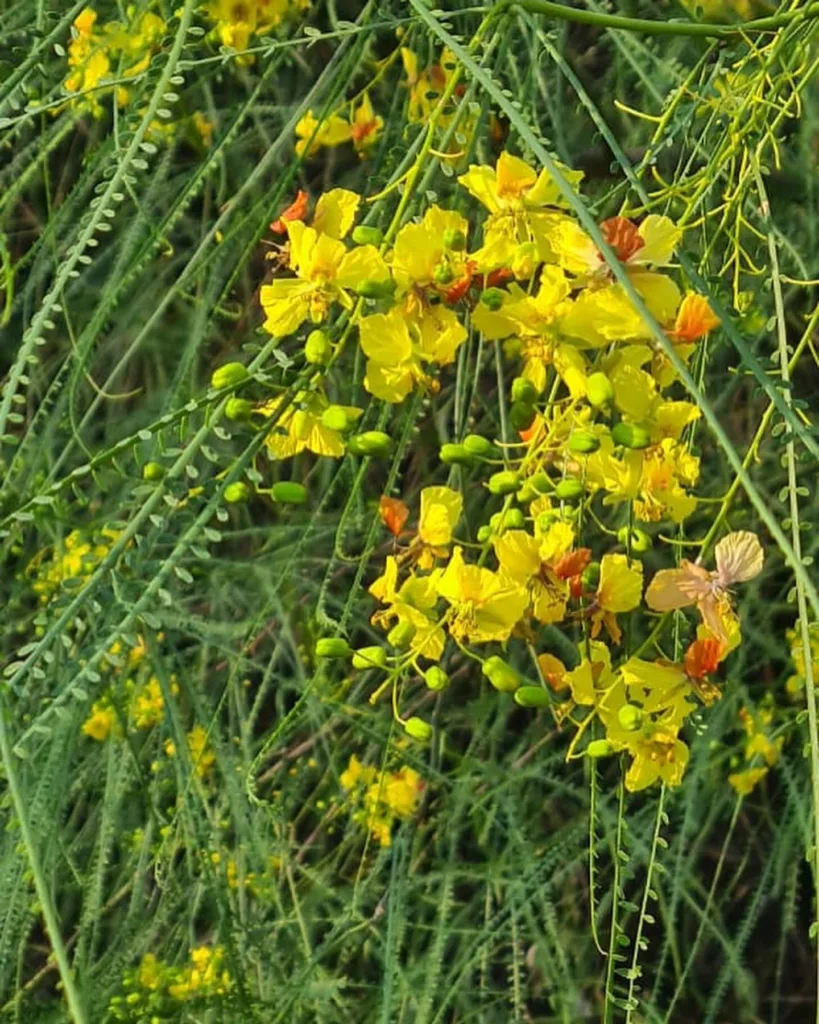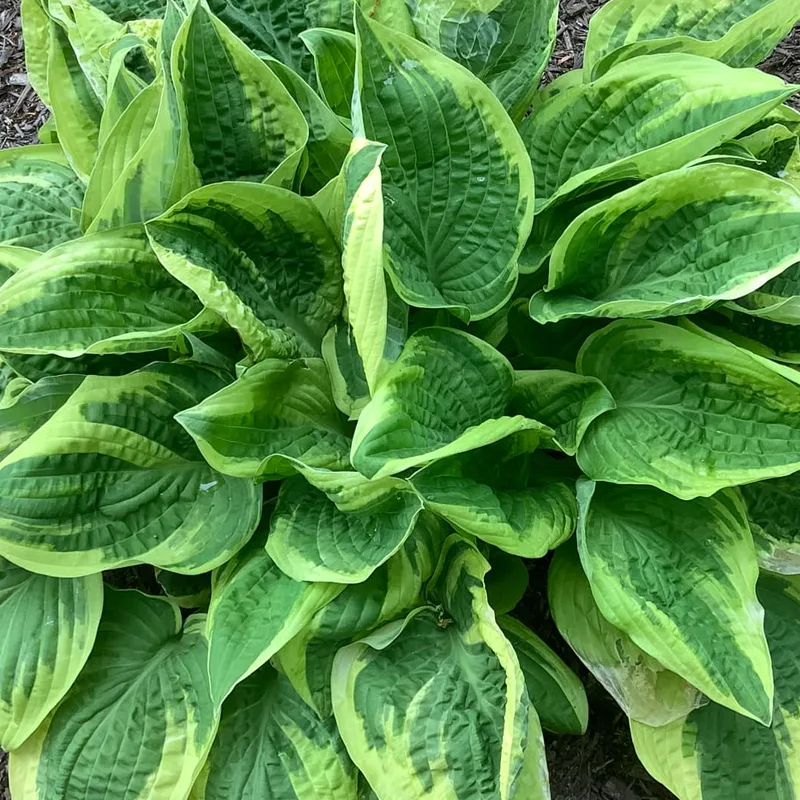The Allure of Amaryllidaceae: A Plant Family Close to My Heart
Ferb Vu here, sharing my fascination with the Amaryllidaceae plant family, a group of flowering plants that have captured my attention for years. As a dedicated gardener and plant enthusiast, I find the Amaryllidaceae family particularly intriguing due to its diversity, beauty, and unique characteristics.
Amaryllidaceae: A Brief Overview
The Amaryllidaceae family comprises over 1,600 species across 72 genera, native to tropical and subtropical regions worldwide. These plants are known for their bulbous or rhizomatous growth habit, strap-shaped leaves, and showy flowers borne on leafless stalks called scapes. The flowers typically have six tepals (three petals and three sepals that look alike) arranged in two whorls, often with a central corona or cup-shaped structure.
Genera of Amaryllidaceae
The Amaryllidaceae family boasts a wide array of genera, each with its own distinct characteristics and charm.
- Acis Salisb. – 9 Species in Genus Acis
- Agapanthus L’Hér. – 8 Species in Genus Agapanthus
- Allium L. – 1078 Species in Genus Allium
- Amaryllis L. – 2 Species in Genus Amaryllis
- Ammocharis Herb.
- Apodolirion Baker
- Atacamallium Nic.García
- Boophone Herb.
- Brunsvigia Heist.
- Calostemma R.Br.
- Cearanthes Ravenna
- Chlidanthus Herb.
- Clinanthus Herb.
- Clivia Lindl. – 7 Species in Genus Clivia
- Crinum L. – 116 Species in Genus Crinum
- Crossyne Salisb.
- Cryptostephanus Welw. ex Baker
- Cyrtanthus Aiton
- Eucrosia Ker Gawl.
- Eustephia Cav.
- Galanthus L. – 25 Species in Genus Galanthus
- Gethyllis L.
- Gilliesia Lindl.
- Griffinia Ker Gawl.
- Haemanthus L. – 23 Species in Genus Haemanthus
- Hannonia Braun-Blanq. & Maire
- Hessea Herb.
- Hieronymiella Pax
- Hippeastrum Herb. – 116 Species in Genus Hippeastrum
- Hymenocallis Salisb. – 66 Species in Genus Hymenocallis
- Ipheion Raf.
- Ismene Salisb. ex Herb.
- Lapiedra Lag.
- Latace Phil.
- Leptochiton Sealy
- Leucocoryne Lindl.
- Leucojum L. – 2 Species in Genus Leucojum
- Lycoris Herb. – 29 Species in Genus Lycoris
- Mathieua Klotzsch
- Miersia Lindl.
- × Myobranthus ined.
- Namaquanula D.Müll.-Doblies & U.Müll.-Doblies
- Narcissus L. – 166 Species in Genus Narcissus
- Nerine Herb. – 27 Species in Genus Nerine
- Nothoscordum Kunth
- Pamianthe Stapf
- Pancratium Dill. ex L. – 24 Species in Genus Pancratium
- Paposoa Nic.García
- Paramongaia Velarde
- Phaedranassa Herb.
- Phycella Lindl.
- Plagiolirion Baker
- Proiphys Herb.
- Pyrolirion Herb.
- Rauhia Traub
- Rhodolirium Phil.
- Scadoxus Raf.
- Schickendantziella Speg.
- Shoubiaonia W.H.Qin, W.Q.Meng & Kun Liu
- Sprekelia Heist.
- Stenomesson Herb.
- Sternbergia Waldst. & Kit.
- Strumaria Jacq.
- Traubia Moldenke
- Trichlora Baker
- Tristagma Poepp.
- Tulbaghia L.
- Ungernia Bunge
- Urceolina Rchb.
- Vagaria Herb.
- Worsleya (Traub) Traub
- Zephyranthes Herb – 191 Species in Genus Zephyranthes
My Personal Connection with Amaryllidaceae
My love for the Amaryllidaceae family stems from my childhood experiences in my grandmother’s garden. She had a passion for these plants, and her garden was always filled with the vibrant colors and unique shapes of Amaryllis, Hippeastrum, Narcissus, and Crinum. I spent countless hours exploring her garden, learning about the different species and their care.
As I grew older, I began to cultivate my own collection of Amaryllidaceae plants. I find their diversity and adaptability particularly appealing. Whether you have a sunny windowsill, a shady patio, or a sprawling garden, there is an Amaryllidaceae plant that will thrive in your space.
I am particularly drawn to the unique flowering habits of many Amaryllidaceae species. Some, like Lycoris and Zephyranthes, bloom suddenly and unexpectedly after a rain event, adding a touch of magic to the garden. Others, like Hippeastrum, produce large, showy flowers that demand attention.
The Future of Amaryllidaceae
The Amaryllidaceae family continues to fascinate and inspire gardeners and plant enthusiasts around the world. New cultivars and hybrids are constantly being developed, offering even more choices for those who love these plants.
As for me, I will continue to cultivate and admire these beautiful and diverse plants. I am excited to see what the future holds for the Amaryllidaceae family, and I am confident that they will continue to bring joy and wonder to generations to come.
If i die, water my plants!



